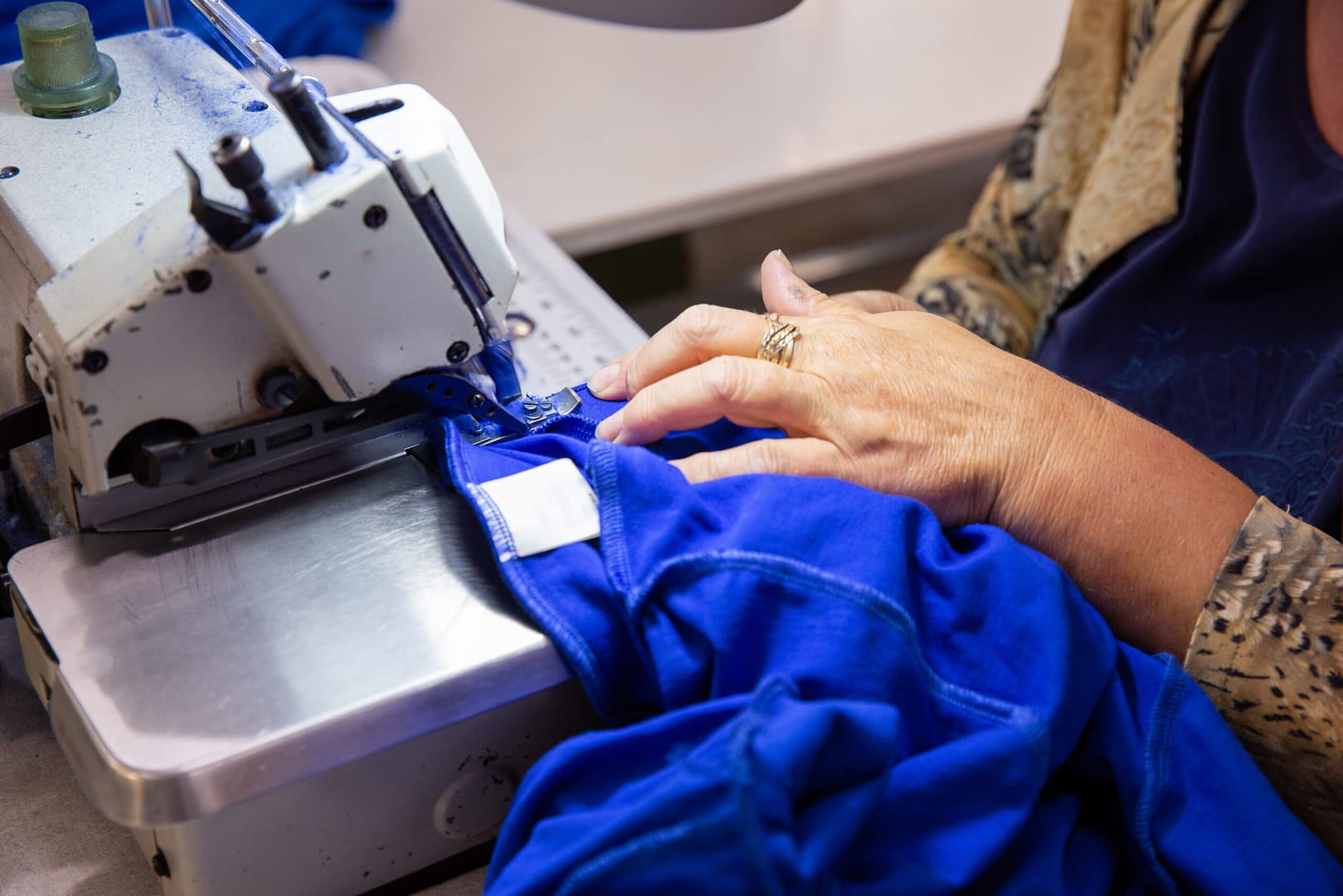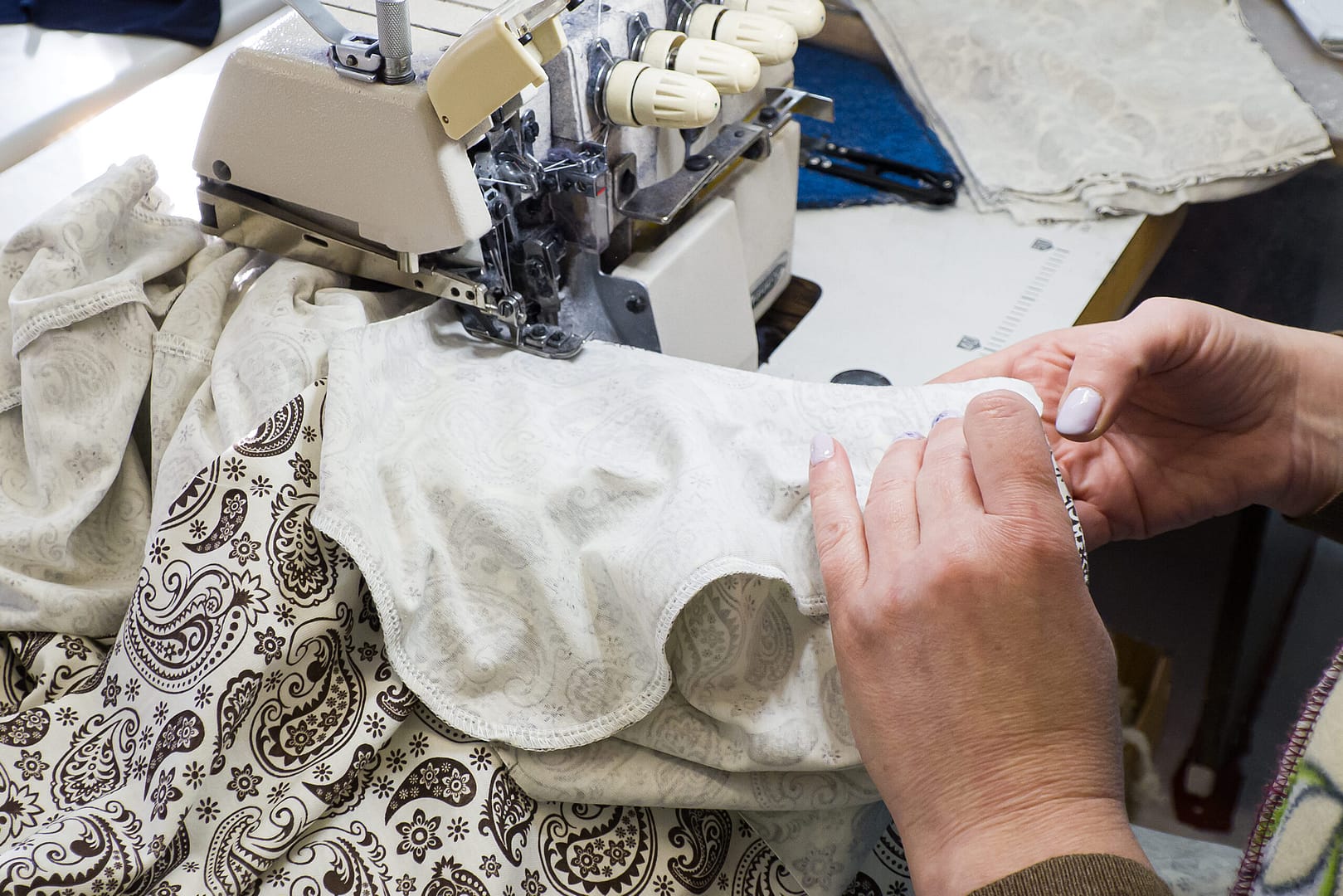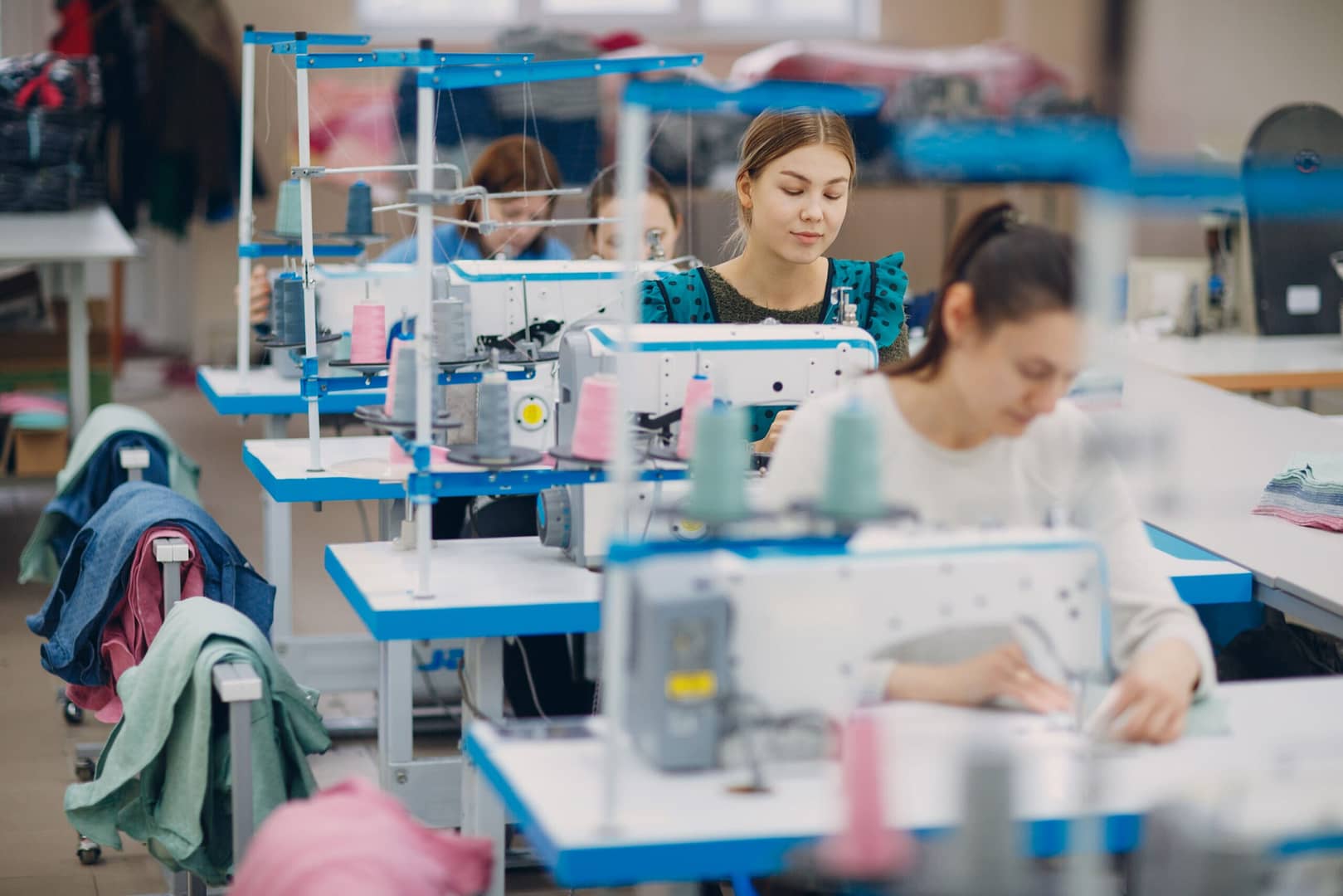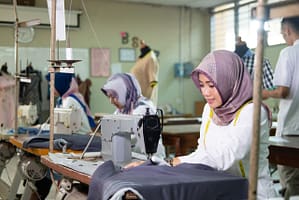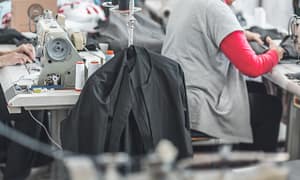| Fabric Name | Lyocell |
| Fabric also known as | Tencel |
| Fabric Composition | Cellulose fibers derived from wood pulp |
| Fabric Breathability | Highly breathable |
| Moisture-wicking Abilities | High |
| Heat Retention Abilities | Low |
| Stretchability (Give) | Moderate (depends on fabric blend) |
| Prone to Pilling/Bubbling | Low |
| Country Where Fabric Was First Produced | United States |
| Biggest Exporting/Producing Country Today | Various, with significant production in Austria (due to Lenzing AG’s Tencel™) |
| Recommended Washing Temperatures | Cool or warm, gentle cycle |
| Commonly Used In | Casual wear, activewear, bedding, towels, and more eco-friendly apparel and textiles |
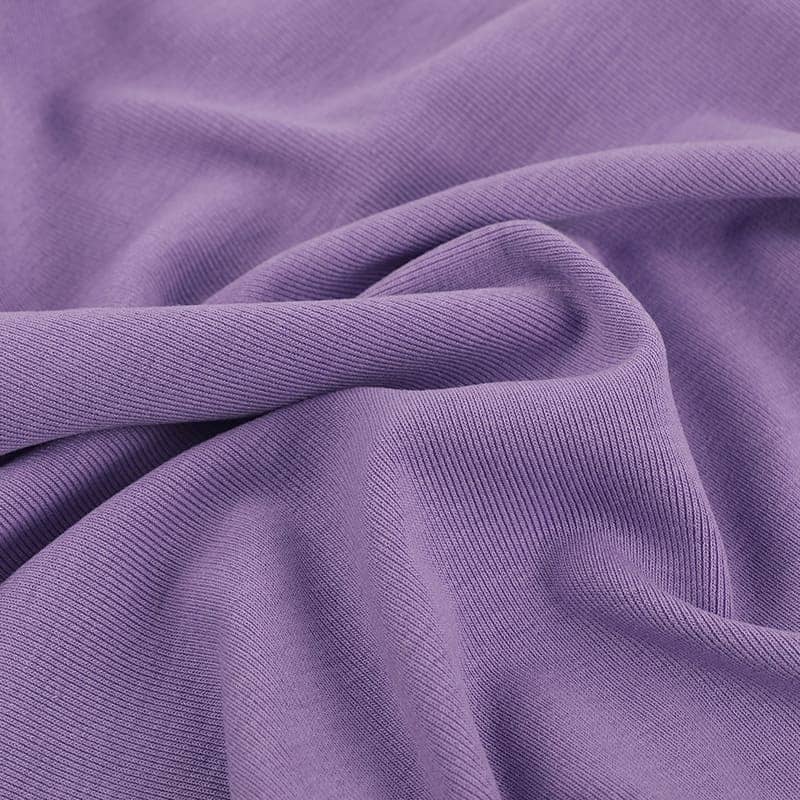
What is Lyocell Fabric?
Lyocell itself is a type of high wet modulus fiber, known for its unique and eco-friendly production process. It’s made using N-Methylmorpholine N-oxide (NMMO), a solvent that dissolves cellulose efficiently and is almost entirely recyclable, making Lyocell one of the most environmentally friendly fibers available. The name ‘Lyocell’ reflects its production process, originating from “leyin” (Latin for “to dissolve”) and “cell” for cellulose—essentially, it’s “dissolved wood.”
This innovative fiber is celebrated not only for its environmental credentials but also for its strength, durability, and softness, making it a favored choice across various sectors of the textile industry.
Lyocell, often recognized in the industry under the trademark name Tencel™ by Austria’s Lenzing AG, represents a significant advancement in fiber technology. While Tencel™ encompasses a range of products like Tencel™ Modal and Tencel™ Lyocell (both staple and filament fibers), it’s essential to understand that Tencel™ refers specifically to branded versions of these fibers and not to a fabric type. Mislabeling a product as Tencel™ without proper authorization could infringe on these trademark rights.
The Production Process of Lyocell Fabric
The production of Lyocell fabric is distinctive for its environmentally conscious methods, using a closed-loop process that minimizes waste and chemical exposure. Here’s a step-by-step breakdown of how Lyocell is manufactured:
Steps in the Production of Lyocell:
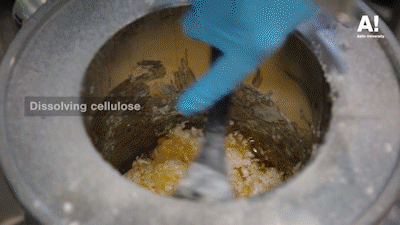
- Harvesting: Wood pulp, primarily from eucalyptus, oak, and birch trees, is harvested sustainably, ensuring minimal environmental impact.
- Dissolving: The wood pulp is dissolved in a solvent called N-methylmorpholine N-oxide (NMMO), which is non-toxic and recyclable.
- Spinning: The solution is then pushed through small holes to form fibers. This process is known as dry jet-wet spinning.
- Washing: The fibers are washed in de-mineralized water to remove any remaining solvent, which is then recycled and reused in the process.
- Drying and Finishing: Finally, the fibers are dried and finished, ready to be spun into yarn and woven into fabric.
Environmental Impact and Sustainability Practices:
- Chemical Recycling: Over 99% of the chemicals used in the Lyocell process are captured and recycled, dramatically reducing environmental pollution.
- Water Conservation: The process uses far less water compared to traditional fiber processing, particularly when compared to cotton.
- Eco-Friendly Solvent: NMMO is considered a green solvent with minimal toxicity and high recyclability.
| Aspect | Detail |
|---|---|
| Chemical Usage | Minimal, with high recycling rates |
| Water Consumption | Significantly lower than traditional textiles |
| Energy Efficiency | High, due to innovative manufacturing practices |
| Waste Production | Very low, with most by-products being recycled |
This eco-friendly production process not only reduces the ecological footprint but also provides a durable, high-quality fabric that is gaining popularity among environmentally conscious consumers and manufacturers alike.
Properties of Lyocell Fabric

Lyocell fabric is celebrated not only for its sustainable production but also for its superior properties, which make it a favorite in the textile industry. Understanding these properties can help manufacturers and designers better utilize the fabric in various applications.
- Strength and Durability: Lyocell fibers are stronger than most cellulosic fibers, both in dry and wet conditions, which contributes to the longevity of the final products.
- Moisture Management: Lyocell fabric has excellent moisture absorption properties, making it comfortable to wear in hot and humid conditions. It also has natural breathability, which enhances its appeal in making activewear and casual clothing.
- Softness and Texture: Lyocell is often praised for its exceptionally soft feel, which can be compared to silk, making it suitable for direct skin contact applications like lingerie and bedding.
- Dye Affinity: The fibers have a high affinity for dye, which allows them to be colored with a high degree of saturation and minimal fade. This property is particularly beneficial for fashion items requiring vibrant, long-lasting colors.
- Reactivity: Lyocell reacts well to different textile finishes, enabling manufacturers to achieve various effects and textures on the final product.
| Property | Lyocell | Cotton | Polyester |
|---|---|---|---|
| Strength | High | Medium | High |
| Moisture Absorption | High | High | Low |
| Softness | Very High | High | Low |
| Biodegradability | Yes | Yes | No |
These properties make Lyocell a versatile fabric that can be used in a wide range of applications, from everyday clothing to high-end fashion, while also supporting the industry’s shift towards sustainability.
Applications of Lyocell Fabric
Lyocell fabric’s versatility and superior properties make it suitable for a wide range of textile applications, from everyday clothing to specialized uses. Here’s a look at how Lyocell is transforming the textile industry with its innovative applications.
Types of Garments Best Suited for Lyocell Fabric:
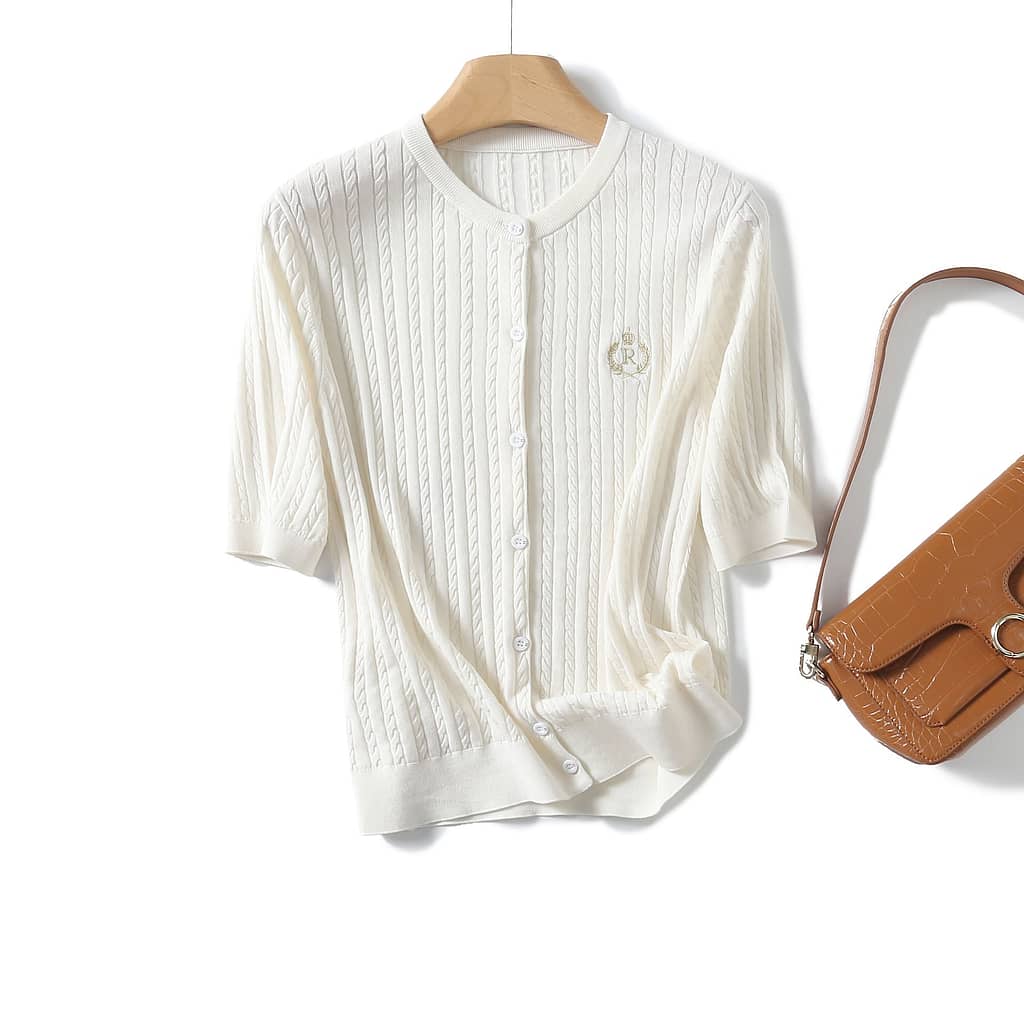
- Casual Wear: Due to its softness and comfort, Lyocell is ideal for casual and loungewear.
- Activewear: Its excellent moisture management makes it suitable for sports apparel.
- Intimate Apparel: The smooth, soft texture of Lyocell is perfect for underwear and lingerie.
Innovative Uses in Other Textile Products:
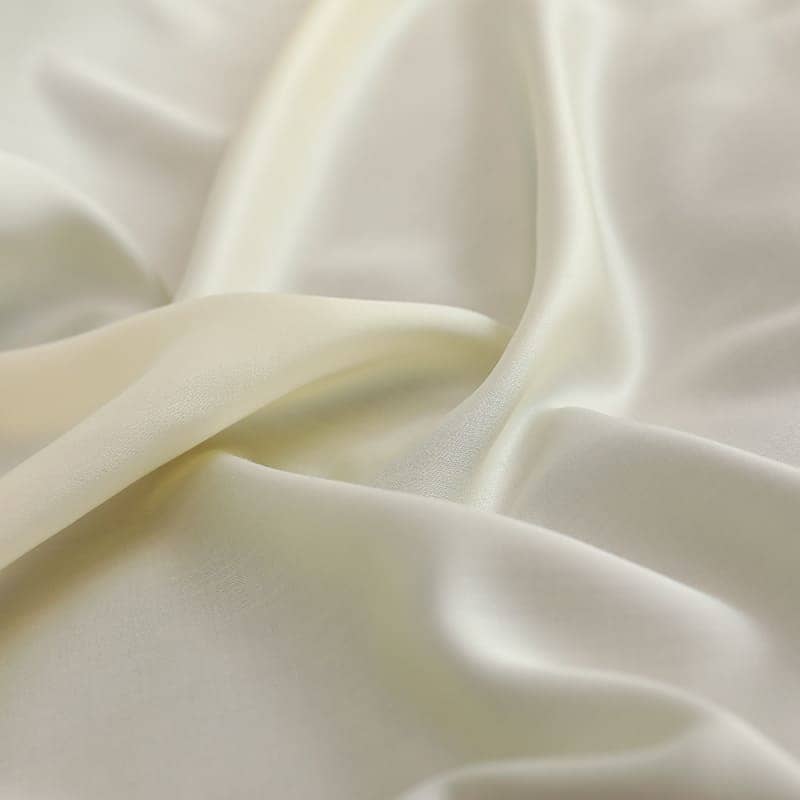
- Home Textiles: Lyocell is increasingly used in bedding and towels because of its ability to absorb moisture and provide a luxurious feel.
- Medical Textiles: Its hypoallergenic properties and smooth fiber surface make it suitable for medical fabrics used in wound dressings and healthcare garments.
| Application Area | Examples |
|---|---|
| Apparel | Casual wear, activewear, intimates |
| Home Textiles | Bedding, towels |
| Medical Textiles | Wound dressings, healthcare garments |
Care and Maintenance of Lyocell Garments
Proper care and maintenance are crucial for preserving the quality and longevity of Lyocell garments. Here are best practices and tips for handling Lyocell fabric to ensure it remains in excellent condition.
Best Practices for Washing, Drying, and Ironing Lyocell:
- Washing: Lyocell garments should be washed with a mild detergent on a gentle cycle. Using cold water is preferable to preserve the integrity of the fibers. It’s advisable to turn Lyocell garments inside out before washing to avoid snags and pilling.
- Drying: Lyocell should be air-dried. If using a tumble dryer, use a low heat setting. The fabric dries relatively quickly, and over-drying can cause shrinkage.
- Ironing: If necessary, iron Lyocell on a low heat setting. Using a pressing cloth between the iron and the garment can help prevent shine and protect the fabric’s surface.
Tips for Prolonging the Life of Lyocell Garments:
- Avoid excessive wringing and twisting: To prevent distorting the shape of the fabric.
- Store properly: Hang or fold Lyocell garments neatly to avoid creases and ensure they retain their shape.
Common Issues and How to Resolve Them:
- Shrinkage: Lyocell is susceptible to shrinkage if exposed to high temperatures. To prevent this, wash and dry the fabric according to the care label.
- Staining: Treat stains promptly with a gentle stain remover suitable for delicate fabrics. Avoid harsh chemicals that could damage the fiber.
How Much Does Lyocell Fabric Cost?
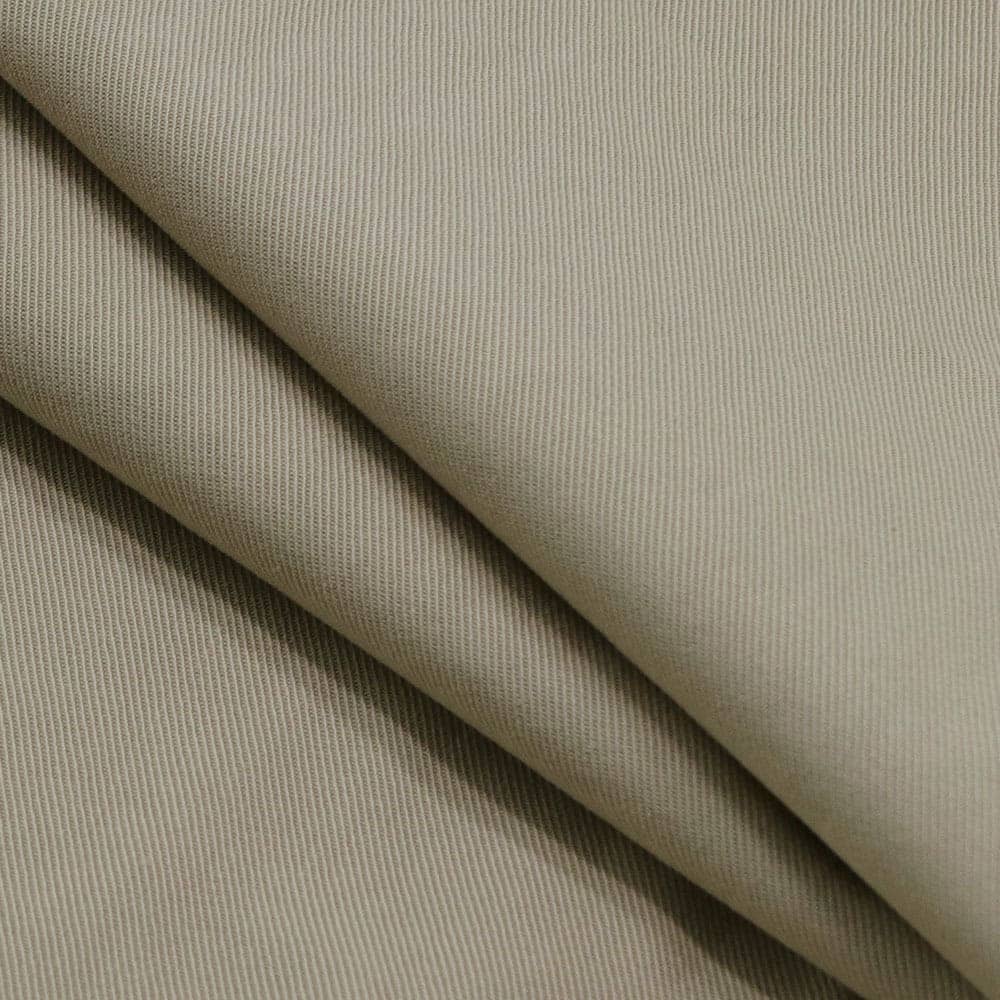
The cost of Lyocell fabric can vary widely based on factors like quality, type, and where it’s purchased. Generally, you can expect the price of Lyocell fabric to range from $6 to $20 per yard. This variation in cost reflects differences in the manufacturing process, the quality of the raw materials used, and whether the fabric is a specialty blend or carries a brand name like Tencel™.
Higher-end Lyocell fabrics, particularly those branded as Tencel™, which are known for their sustainability and high quality, tend to be on the higher end of the price spectrum. Tencel™ Lyocell, for instance, is often priced higher due to its eco-friendly production process and the brand’s reputation for durability and softness.
For more everyday uses, such as in casual wear or home textiles, Lyocell remains competitively priced, offering a cost-effective alternative to other eco-friendly fabrics. Despite the higher initial cost compared to some traditional fabrics, Lyocell’s durability can offer long-term savings by reducing the need for frequent replacements. (24ChemicalResearch)
Conclusion
Lyocell fabric represents a significant advancement in textile technology, combining environmental responsibility with high-quality performance and versatility. For more information on integrating Lyocell into your manufacturing processes or to explore our range of sustainable apparel solutions, visit Valtin Apparel.
FAQs about Lyocell Fabric
1. What is Lyocell fabric?
- Lyocell is a sustainable fabric made from cellulose fibers derived from wood pulp, typically from eucalyptus, oak, or birch trees. It’s known for its eco-friendly production process and is commonly marketed under the brand name Tencel™.
2. How is Lyocell different from other fibers like cotton or polyester?
- Unlike cotton, which requires significant amounts of water and pesticides, and polyester, which is petroleum-based, Lyocell is produced using an eco-friendly process that recycles almost all the solvent used. It’s more sustainable and environmentally friendly.
3. What are the benefits of using Lyocell in clothing?
- Lyocell offers several benefits, including high breathability, excellent moisture-wicking abilities, softness, and durability. It’s also less prone to wrinkling and is biodegradable.
4. Can Lyocell fabric be washed and ironed at home?
- Yes, Lyocell can be washed at home using cool or warm water on a gentle cycle. It should be air-dried and ironed on a low heat setting to maintain its texture and durability.
5. Are there any specific care instructions for Lyocell fabrics?
- Lyocell garments should be washed with mild detergent and without fabric softener to preserve the fibers. Turning garments inside out before washing can help prevent pilling.
6. Why is Lyocell considered an eco-friendly fabric?
- Lyocell is considered eco-friendly due to its closed-loop production process, which uses a non-toxic solvent that is recycled at a recovery rate of over 99%. This process uses less water and energy compared to traditional fiber manufacturing.
7. Where is Lyocell fabric produced?
- While originally developed in the United States, significant production of Lyocell now occurs in several countries, including major contributions from Austria, where Lenzing AG, the manufacturer of Tencel™, is based.
8. What kinds of products are made from Lyocell?
- Lyocell is versatile and used in a variety of products, including casual wear, activewear, bedding, towels, and even in more technical applications due to its strength and moisture management properties.
9. Is Lyocell more expensive than other fabrics?
- Lyocell can be more expensive than some traditional fabrics like cotton due to its sustainable production methods and the technology involved. However, its durability and eco-friendly qualities often justify the cost.
10. How does Lyocell support sustainable fashion?
- By integrating Lyocell into products, the fashion industry can reduce its environmental impact. Lyocell’s biodegradable and compostable nature, combined with its low environmental impact during production, supports the movement towards more sustainable fashion practices.



